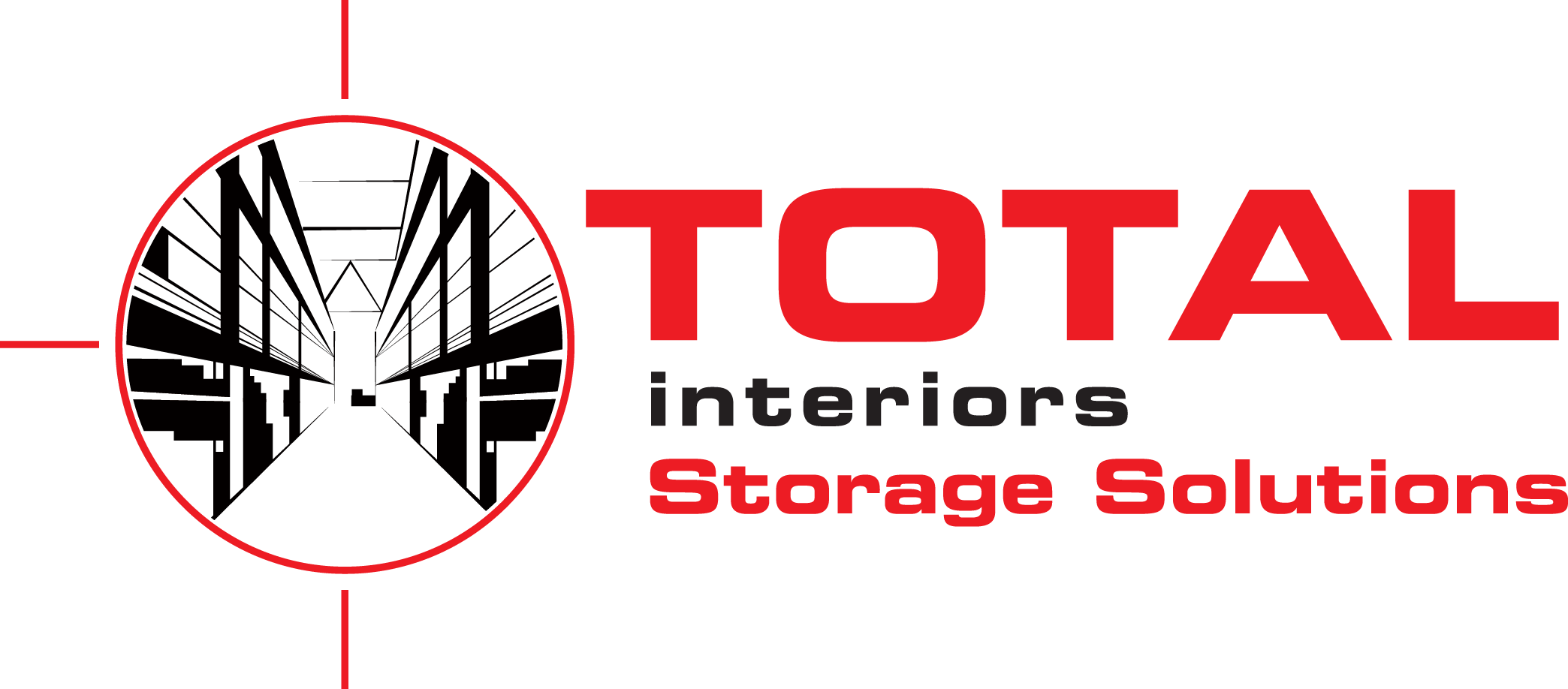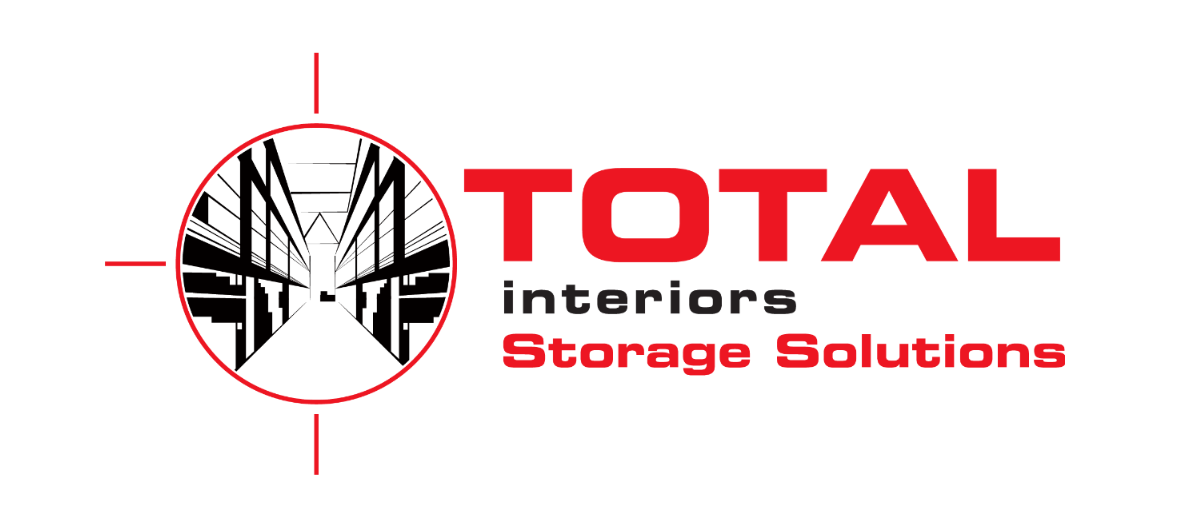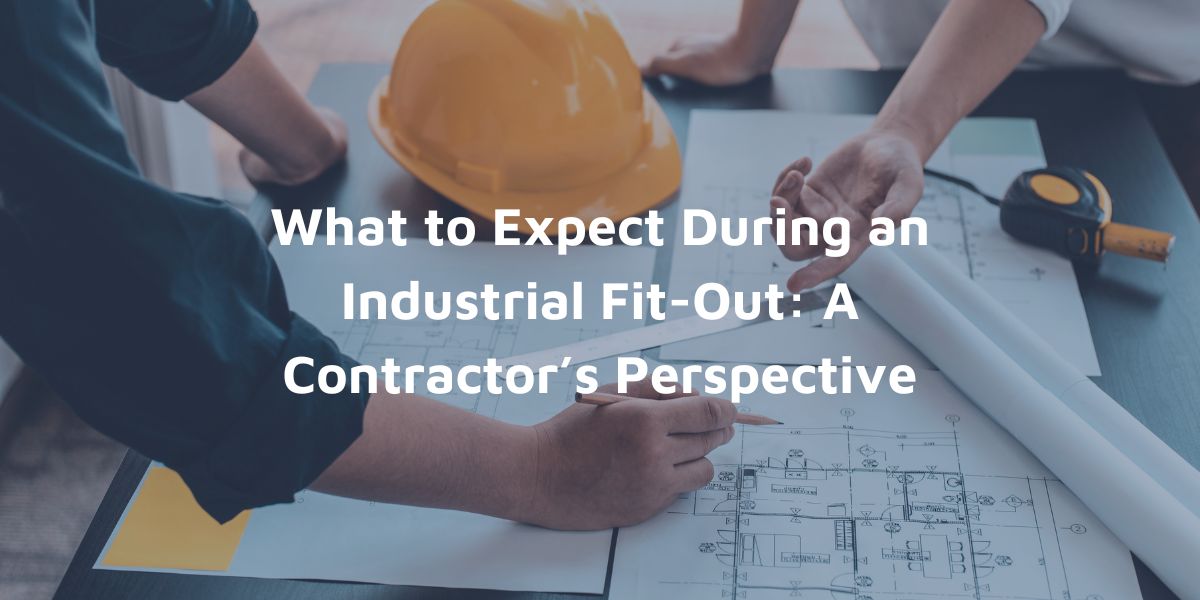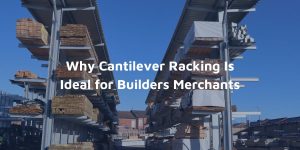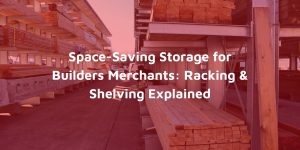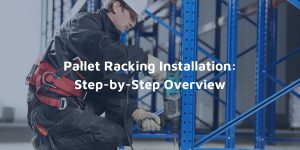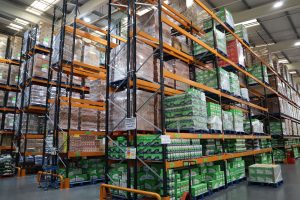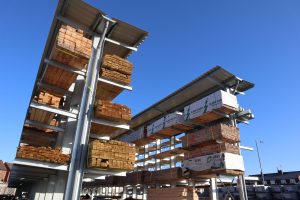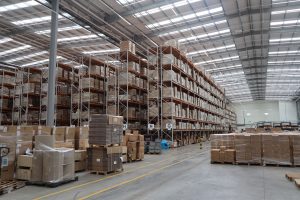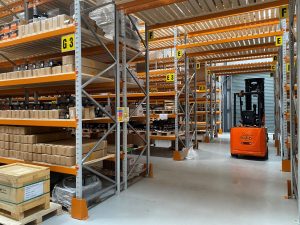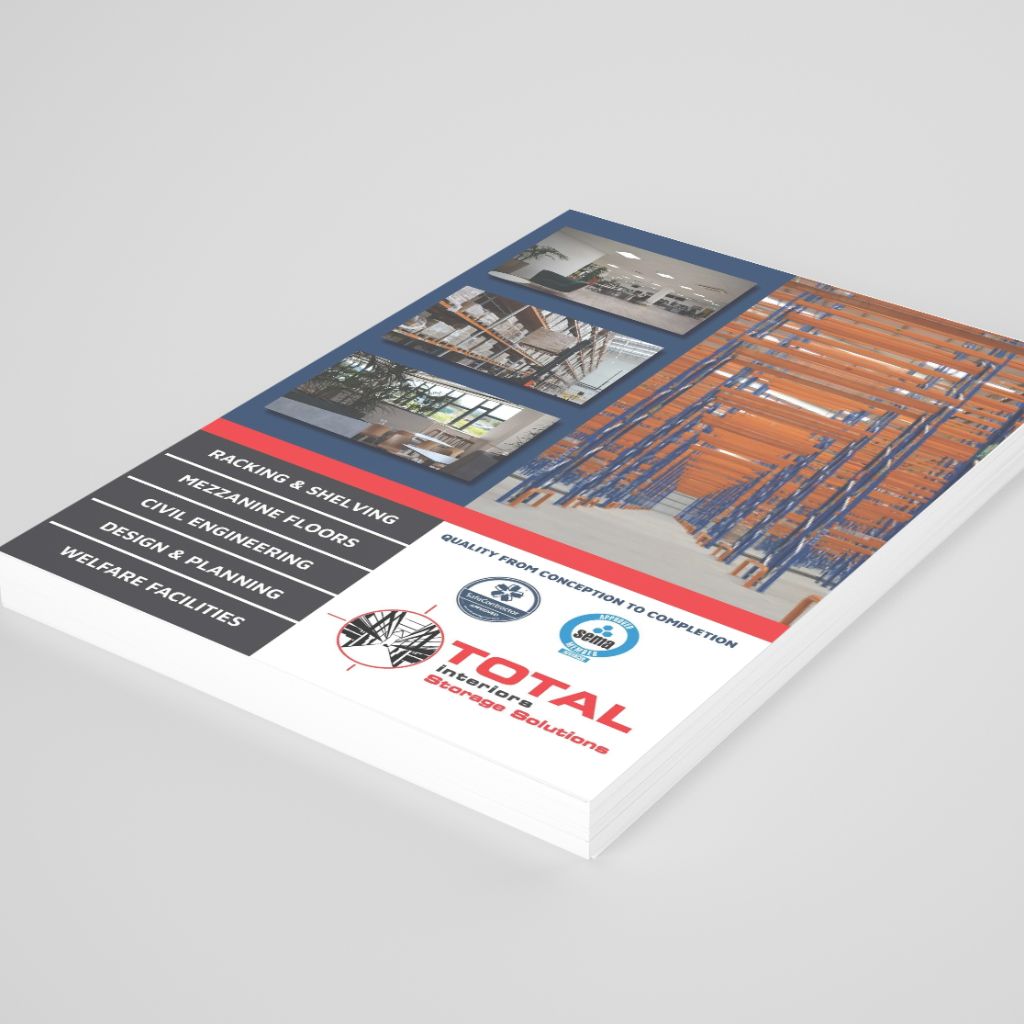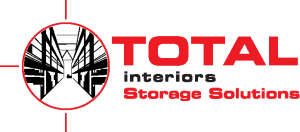Planning to partner with industrial fit out contractors? Here’s what really goes on behind the scenes…
When it comes to transforming a warehouse, factory, or commercial space, the industrial fit-out process isn’t just about knocking down a few walls or installing new flooring. It’s a well-choreographed effort between skilled contractors and sharp-eyed business owners, with timelines, budgets, and workflows all hanging in the balance.
From the outset, a successful commercial fit out demands planning, adaptability, and—perhaps most importantly—clear and consistent communication between all parties involved. So, what should you expect when you bring in the pros? Let’s walk through the process from a contractor’s point of view, so you know what’s coming and how to keep things ticking along.
🛠️ Step-by-Step: What Happens During an Industrial Fit-Out?
Every commercial fit out is unique, depending on the business, building structure, industry regulations, and final goals. But generally speaking, here’s how things unfold:
1. Initial Consultation and Site Assessment
Before anything kicks off, your chosen industrial fit out contractors will conduct a thorough site survey. This stage helps identify opportunities, risks, and potential roadblocks early on.
What to expect:
- Measurements, structural checks, and compliance reviews
- Discussions around business needs, budget, and deadlines
- Possible involvement of architects or designers
2. Design & Planning
Once the space is evaluated, the design process begins. Good commercial fit out companies will balance aesthetics with function and compliance, ensuring your space not only looks the part but also works seamlessly for your team.
Key considerations include:
- Power and data points
- Ventilation and lighting
- Accessibility and safety
- Space efficiency
3. Obtaining Permissions & Compliance Checks
Before tools hit the floor, necessary permissions and health & safety requirements must be sorted. Fit out contractors will typically manage this for you—but delays can happen if there’s missing documentation or if local authorities are backlogged.
4. On-Site Works & Fit-Out Execution
Here’s where the magic happens—partition walls go up, ceilings get sorted, wiring and plumbing begin, and workstations take shape. Contractors often work in phases to minimise disruption, especially if the business is partially operational during the fit-out.
5. Snagging, Final Touches & Handover
Before signing off, the team will carry out snagging (identifying and fixing minor faults). Once everything’s polished and working as planned, you’ll get the keys to a fully transformed space.
🔧 Common Challenges Industrial Fit Out Contractors Face (And How They Handle Them)
No matter how skilled or experienced, every contractor encounters a few hiccups along the way. Here are the usual suspects—and how top commercial fit out companies tackle them:
1. Unforeseen Structural Issues
Hidden asbestos, faulty wiring, uneven floors—you name it. Old buildings in particular can surprise even the most seasoned team.
Contractor’s solution:
Have contingency plans and flexible budgets in place. Good contractors will spot risks early during the site assessment.
2. Supply Chain Delays
From custom materials to imported fixtures, shipping delays can throw a wrench in the works.
Contractor’s solution:
Working with reliable suppliers and ordering ahead of time. Plus, having alternatives ready in case plan A doesn’t pan out.
3. Scope Creep
Ever heard of the phrase “just one more change”? Mid-project changes can affect cost and timeline in a big way.
Contractor’s solution:
Clear project scopes and change request protocols help manage expectations and keep everyone on the same page.
4. Poor Communication
A delay in decisions or miscommunication between parties can stall progress faster than any physical issue.
Contractor’s solution:
Regular site meetings, shared project management tools, and dedicated points of contact keep the info flowing.
🗣️ Why Clear Communication Is the Secret Sauce
You’d be surprised how many delays stem from a simple lack of conversation. When businesses and industrial fit out contractors work in sync—sharing updates, discussing changes, and flagging issues early—the project not only runs smoother but usually comes in closer to budget and on time.
Top tips for better communication:
- Appoint a single decision-maker on your side
- Agree on preferred communication channels (email, site meetings, calls)
- Use a shared project timeline and checklist
- Don’t delay decisions—trust your contractor’s expertise
📅 How to Keep Your Commercial Fit Out On Track
Want to avoid delays, cost overruns, and last-minute panics? Here are a few tried-and-tested strategies to ensure a successful commercial fit out:
✔️ Choose the Right Contractor
Not all commercial fit out companies are created equal. Look for those with solid portfolios, clear processes, and glowing reviews.
✔️ Get All Approvals in Advance
Planning permissions and building regulations can take weeks. Starting early avoids nasty hold-ups down the line.
✔️ Be Realistic with Your Timeline
Even the best contractors need time to do things properly. Rushed jobs usually lead to regrets later.
✔️ Stick to the Plan
Avoid unnecessary changes mid-fit-out unless absolutely essential. Each tweak can have a domino effect on costs and scheduling.
💡 Wrap-Up: Know What You’re Getting Into, and You’ll Come Out Ahead
An industrial fit-out isn’t just another building project—it’s an investment in your business’s future. By understanding the process, being aware of common hurdles, and maintaining open lines of communication with your fit out contractors, you’re far more likely to get the result you’re after.
Whether you’re revamping a manufacturing facility or launching a new logistics hub, working closely with experienced commercial fit out companies gives you the edge—and the peace of mind—that every detail is covered.
❓FAQs
Q: How long does an industrial fit-out typically take?
A: It depends on the scope, but anywhere from 6 to 16 weeks is common. Larger or more complex projects may take longer.
Q: Do I need to shut down operations during a fit-out?
A: Not necessarily. Many contractors can work in phases or after hours to keep disruption to a minimum.
Q: What should I look for when hiring industrial fit out contractors?
A: Experience in similar projects, strong communication, up-to-date certifications, and a reliable project management process.
